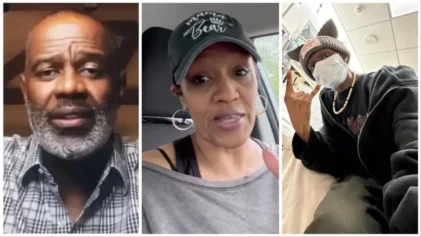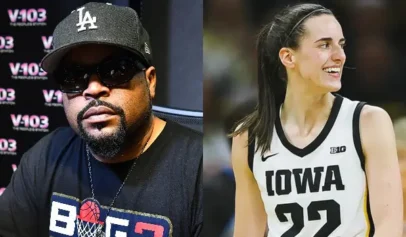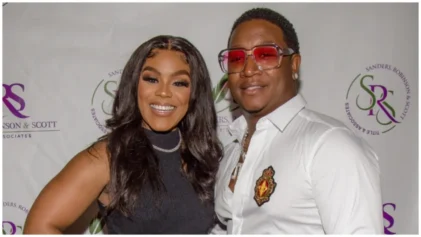Actress Angelina Jolie wears many hats, one of those being a mother to six children, many of whom come from various cultural and ethnic backgrounds.
During a recent article she wrote for Time magazine, where she’s been contributing editor since 2019, she discussed dealing with their healthcare experience with Malone Mukwende, a medical student whose work has been dedicated to bringing awareness to racial biases in his field. It was then the “Mr. and Mrs. Smith” star revealed a time when her daughter Zahara Marley Jolie-Pitts, who is Black, faced her own medical prejudice following a recent surgery.

“I have children from different backgrounds, and I know when there was a rash that everybody got, it looked drastically different depending on their skin color. But whenever I looked at medical charts, the reference point was always white skin,” the actress explained. “Recently, my daughter Zahara, whom I adopted from Ethiopia, had surgery, and afterward, a nurse told me to call them if her skin ‘turned pink.’”
Mukwende expressed that Zahara’s experience was precisely the type of insensitivity he’s noticed in the medical field. “Almost the entirety of medicine is taught in that way,” he revealed. “There’s a language and a culture that exists in the medical profession, because it’s been done for so many years and because we are still doing it so many years later, it doesn’t seem like it’s a problem. However, like you’ve just illustrated, that’s a very problematic statement for some groups of the population because it’s just not going to happen in that way, and if you’re unaware, you probably won’t call the doctor.”
Mukwende also said letting racial one-sidedness go unfixed has led to misdiagnoses and in some cases deaths, as in the case of Victoria Climbié, who was abused by her great aunt and her boyfriend. When Climbié sought medical attention, doctors just wrote the bruising on her skin off as scabies. “Eventually they realized that this was a potential social-services case and a case of neglect. Unfortunately she did end up dying due to abuse at the hands of her guardians,” he added. “We missed that many different signs on darker skin to be able to identify that this was actually a problem. This is a common problem with bruising and injury in domestic violence and abuse cases.”
The medical student ultimately wanted to create a platform after witnessing a gap in his teaching, stating that in school, “If we learned about a particular type of rash or disease that manifests on skin, it would always have white skin as the reference.” He added, “I would ask ‘what does this look like on other skin tones?’ just for my own learning. Often people told me that they didn’t know. I decided that something needed to be done.”
Eventually, the 21-year-old created a new digital platform called “Hutano” from the Shona language which translates directly to “health.” In this space people can discuss their health conditions with those who’ve either look like them or shared the same experience. Also, with the help of some staff members at the university he attends, Mukwende was able to gather pictures and descriptions of different conditions on darker skin and complied them all into a handbook called “Mind the Gap.”
He added. “We want people who are living with these conditions to have a platform to be seen and empower their health care literacy.”


